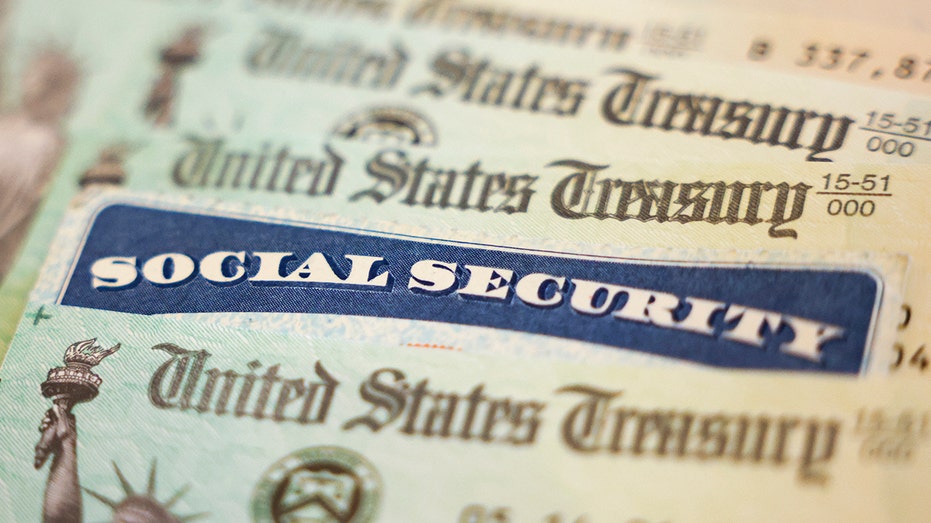Social Security recipients could see biggest cost-of-living increase in 40 years
Social Security benefits could jump by 8.6%, highest since 1981
Inflation holds near 40-year high
SlatesStone Wealth chief market strategist Kenny Polcari and Mayflower Advisors managing partner Larry Glazer weigh in on inflation and which sectors to invest in.
Social Security recipients are poised to receive the biggest cost-of-living raise in over four decades as inflation rapidly erodes the buying power of retired Americans.
The Senior Citizens League, a nonpartisan group that focuses on issues relating to older Americans, estimated on Wednesday the adjustment could be as high as 8.6% in 2023, based on April inflation data, which showed that consumer prices soared 8.3% from the previous year, close to a 40-year high.
INFLATION SOARS 8.3% IN APRIL, HOVERING NEAR 40-YEAR HIGH
The annual Social Security change is calculated based on the Consumer Price Index for Urban Wage Earners and Clerical Workers, or the CPI-W, which jumped 9.4% over the past year.
Should Social Security beneficiaries see an 8.6% increase in their monthly checks next year, it would mark the steepest annual adjustment since 1981, when recipients saw an 11.2% bump. The Senior Citizens League previously predicted the COLA for 2023 could be 8.9%, but the headline inflation figure has subsided slightly since then.
The Social Security Administration will release the final adjustment percentage in October.
The estimated figure could still be subject to change and ultimately hinges on whether inflation has actually peaked or will continue to rise. While economists pointed to Wednesday's figure as evidence that inflation may be subsiding, they noted that prices rose more than expected and are still near a record high – suggesting any decline could be painstakingly slow.
Excluding gas and food, which are more volatile measurements, so-called core inflation actually rose more in April than it did the previous month, alarming some experts who called it a worrisome development.
"One does not get the sense that this is going provide any relief to households experiencing a loss in purchasing power and to policymakers who will attempt to restore price stability without causing a recession," said Joe Brusuelas, RSM chief economist.

In this photo illustration, a Social Security card sits alongside checks from the U.S. Treasury on October 14, 2021, in Washington, D.C. ((Photo illustration by Kevin Dietsch/Getty Images) / Getty Images)
The average Social Security benefit in 2022 jumped by 5.9%, which amounted to a monthly increase of $92 for the average retired American, bringing the full amount to $1,657, the Social Security Administration announced last year. But soaring inflation has already eroded the entirety of the increase, according to calculations by the Senior Citizens League.
Social Security recipients have lost 40% of their buying power since the year 2000, according to new research conducted by the Senior Citizens League.
"That’s the deepest loss in buying power since the beginning of this study in 2010," said Mary Johnson, a policy analyst at the Senior Citizens League who conducted the research.
Although Social Security benefits have climbed by 64% since 2000 thanks to cost-of-living adjustments, typical senior expenses through March 2022 have actually grown by more than double that rate, 130%. In order to maintain the same purchasing power as there was 22 years ago, Social Security would have to increase by $539.80 per month.
GET FOX BUSINESS ON THE GO BY CLICKING HERE
The Senior Citizens League has pushed Congress to adopt legislation that would index the adjustment to inflation specifically for seniors, such as the Consumer Price Index for the Elderly, or the CPI-E. That index specifically tracks the spending of households with people aged 62 and older.

